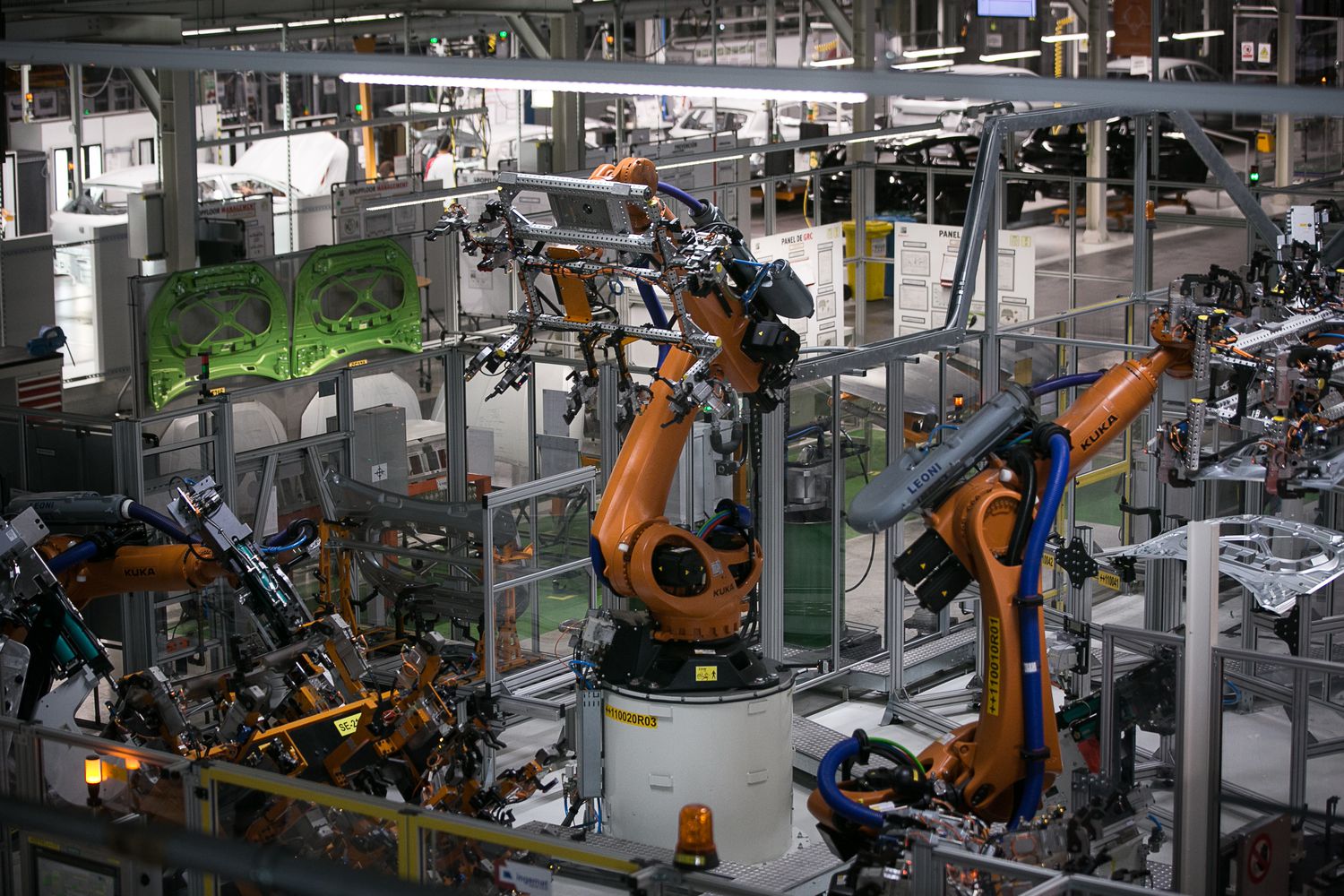Fast fashion is a relatively recent phenomenon.
Indeed, it’s only in the past 15 years or so that the high street has been able to lure consumers into their stores with an ever-changing smorgasbord of hot-off-the-catwalk affordable style.
The phenomenon of fast fashion allows fashionistas to get a catwalk copy at their favourite store for a fraction of the price of an original and, because it’s cheap, shoppers see no problem in discarding pieces after only a few wears.
Fast fashion brands produce about 52 “micro-seasons” a year—or one new “collection” a week as opposed to the traditional seasonal collections that most designer labels produce (although even high-end labels now produce trans-seasonal collections to satisfy the desire to always find something new and exciting) and the high turnover depends upon the shopper’s desire for replenishing their wardrobe at least twice a month.
Statistics show that each piece gets around seven wears before it ends up as landfill.
One message this sends is that fashion is fun and ephemeral, but there’s a darker side where the cost is counted in the destruction of the environment and the exploitation of workers.
In recent years there has been a serious rethink about how we create and consume fashion, and companies found to be least ethical are on the receiving end of a major backlash.
Investors are seeking sustainability, and it’s a growing trend, but that aspiration needs more commitment.
The one thing sustainable fashion does is create new opportunities to build stronger relationships with customers.
At the moment, the number of purchases people make is a growth model but there are moves to change this in favour of more innovative business approaches.
As well as impending technological advances that will impact on fashion in the future, encouraging people to buy better clothing that is more sustainable is seen as the way to go.
In this way, it’s not only the investors who benefit, but the shopper too.
They may buy less often, but they can make more considered purchases.
They can buy clothing that lasts, and that they may be able to feed back into the system via recycling and re-sale schemes.
This is the antithesis of the ‘wear it once and throw it away’ mentality associated with the cheap end of the fashion market, but people are already becoming increasingly aware of the human and ecological impact of fast fashion, and are gradually coming to realise that it is actually more cost effective to buy quality clothing.
The tide may be turning on the idea that we should be able to access every new trend as and when it happens, but it isn’t only the consumer that needs to drive change.
It is also the investors and governments and those with the power to push for more ethical and sustainable fashion who also need to rise to the challenge.










